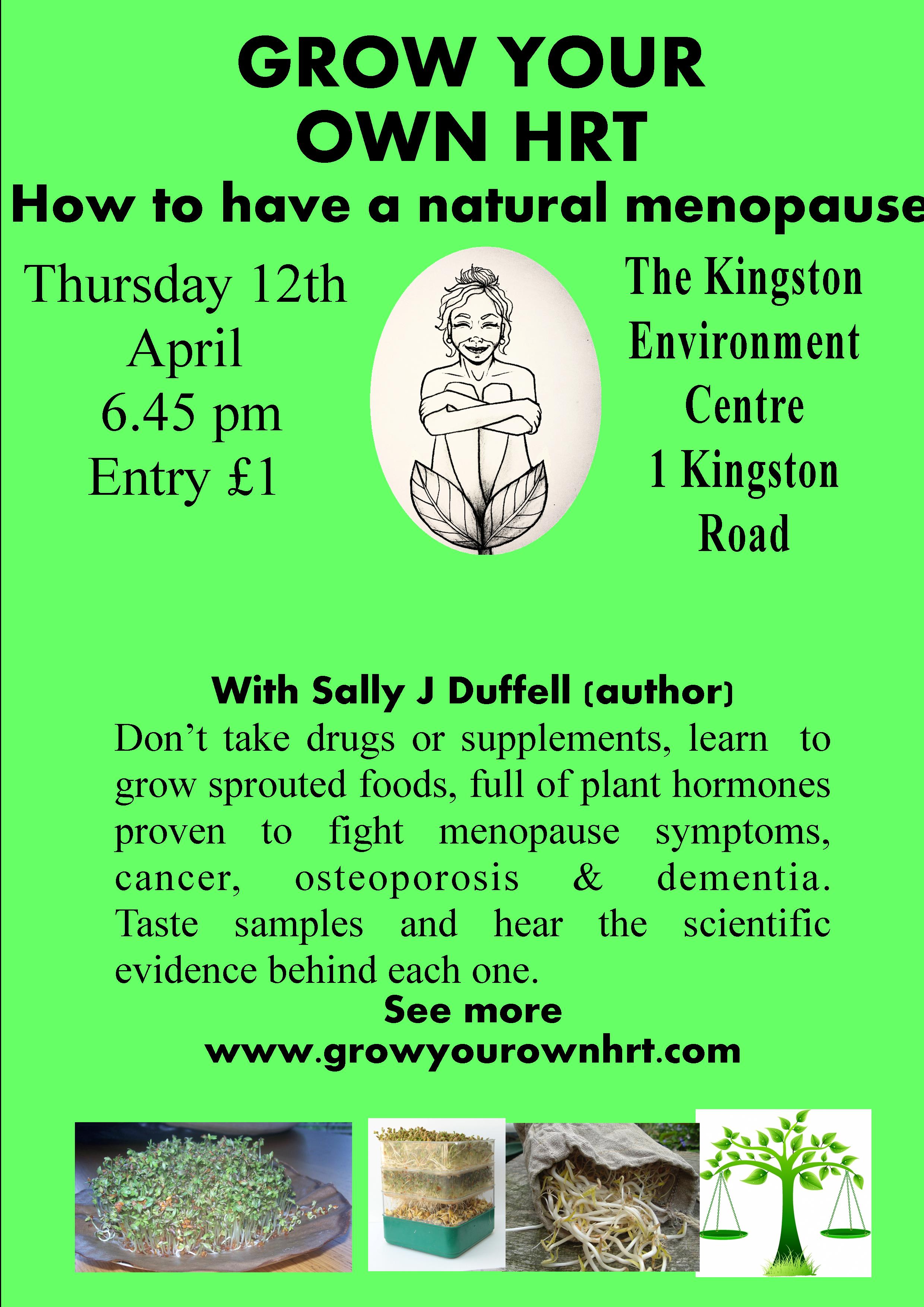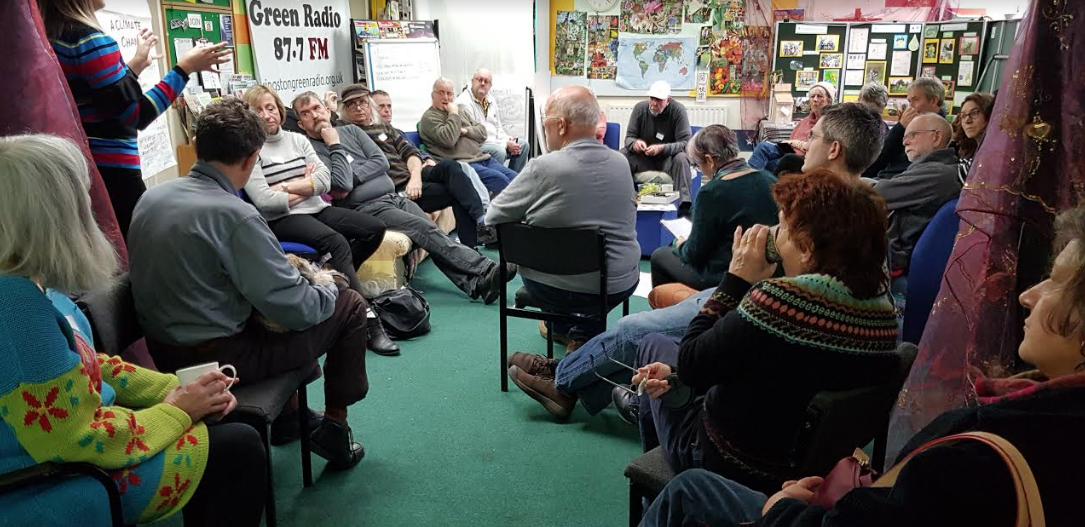Wildflower meadow or cornfield?
Can you tell your cornfield from your wildflower meadow plants?
When you think of a wildflower meadow what do you picture in your mind? It it a waving sea of grass liberally peppered with poppies, cornflowers, corn marigold and corn cockle? If it is then the reality may disappoint you because that isn’t a wildflower meadow.
There tends to be a lot of confusion over what a wildflower meadow actually is. A lot of plants considered wildflowers like poppies and cornflowers, are actually cornfield flowers – i.e. found growing in crops like wheat or hay meadows – which is why they are sometimes called arable plants. Arable plants are actually our fastest declining group of plants due to changes in farming practice. Conservation of these plants is focussed around maintaining existing arable meadows and their unique mix of arable plant seed banks.
Cornfield arable plants rely on the soil being disturbed every year to enable them to germinate and they can cope well with higher fertility soil.
Wildflower meadows, on the other hand, tend to have a greater diversity of plants but they are less showy and probably less well known. Common wildflower meadow plants are: betony, harebell, knapweed, field scabious, milkwort, selfheal and wild thyme. You may know some of these but I’m willing to bet you haven’t heard of most of them. These plants tend to be perennials that don’t like to have their ground disturbed and they don’t cope well with high fertility soils. Some of them, like oxeye daisies don’t flower in their first year, they only flower in their second year onwards.
So how do you decide what to do with your patch of ground?
The first step is to see what you have already. If you are working in a small urban space chances are you won’t have a great diversity of plants but it is worth doing a survey to discover what you have got. You may have a remnant population if something rare (and many of these plants can be very nondescript). Even if you don’t have anything of great significance, the plants you do have will give you a hint about your soil and growing conditions.
If your site is covered in lush green grass and edges with nettles, then the fertility of your soil is probably quite high and won’t be suitable for a wildflower meadow with our an awful lot of preparation. It will be suitable for a cornflower field.
To establish the cornflower field you’ll need to mow the existing plants, turn the soil over (it’s relatively cheap to hire a rotavator), and then broadcast your seeds onto the tilled ground and gently press it into the soil – but don’t cover it with more soil. You can do this either in the autumn or the spring.
If you wish to maintain this community of plants then at the end of each flowering season, you need to let the plants go to seed, cut them down and let them lie for about a week to allow the seeds to settle on the ground, rake away the plants and turn the soil over again. This needs to be done each year.
If the grass is a little less robust, and you have a fair mix of other plants then it may be suitable for conversion to a wildflower meadow. For best results at this point it’s worth checking whether your soil is acid or alkaline and whether it is a damp area or tends to dry out because that will affect which plants will do best on your site. You can get full information on soil types and plants from the excellent Save Our Magnificent Meadows website (http://www.magnificentmeadows.org.uk/).
If you are starting a wildflower meadow from scratch then one method you can use is to seed cornfield plants in year one, for an initial flush of colour, and interplant this with plugs of wildflower meadow perennials, so the cornfield is essentially a first year nursery crop. If the ground isn’t disturbed in subsequent years the wildflowers will establish and the cornfield plants will naturally just die away.
Or you can simply seed the ground with the wildflower meadow seeds from year one and skip the cornfield plants entirely. Personally I prefer the idea of having the cornflower seeds in the first year as it gives a nice flush of flowers, followed by the wildflower plants coming in later. Some kind of information board or explanation somewhere is going to be important for these sites otherwise people will complain that the lovely wildflower meadow from year one had degenerated to a weed patch the following year.
Public perception
Because of the confusion over cornflower plants and wildflower meadows you can land up with a lot of people who are disappointed by your grassland management unless they see the expected poppies and cornflowers. This can be a particular problem if they spot some of the wildflower meadow plants that they consider to be weeds such as selfheal and knapweed. So be sure to spend some time explaining what you are doing to the local community and explain the benefits.
Even if it looks scruffier than neatly mowed lawn, there are huge advantages to wildlife to have longer grass and a good range of wildflowers, of whatever kind, so it is definitely worth doing.



